Clutches of eggs
Over 200,000
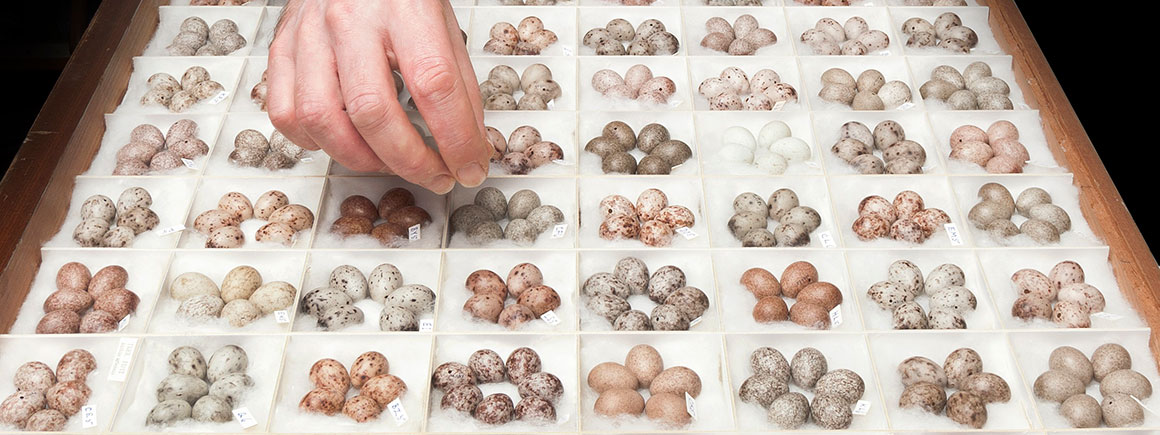
A tray of tree pipit (Anthus trivialis) eggs from the Tomkinson Collection, held in the Museum's bird egg collection
The Museum holds one of the largest and most comprehensive collections of blown birds’ eggs in the world as well as over 4,000 nests.
Over 200,000
In total we hold over 200,000 data-rich clutches of eggs, totalling over 1 million individual eggs, making this one of the largest research collections available worldwide.
Eggshells are the second largest collection represented in ornithology after bird skins and this is one of the most important archives of avian samples worldwide. The museum is thought to hold around 30% of all the eggs preserved by European Museums.
The preservation of eggshell for study and display has been part of natural history collecting for at least 350 years. It was particularly common during the 1800s, when naturalists collected eggs from all over the world.
The collection can also be used to shed new light on historical expeditions and explorations, and the study of human culture and history.
The collection of wild birds' eggs is now only permitted with a licence and the historical specimens already collected are vital for understanding the lives of birds. The legacy of this historical collecting is a reservoir of data on which much of our knowledge of birds is based and biological samples that modern ornithology can constantly revisit and explore in ever greater detail.
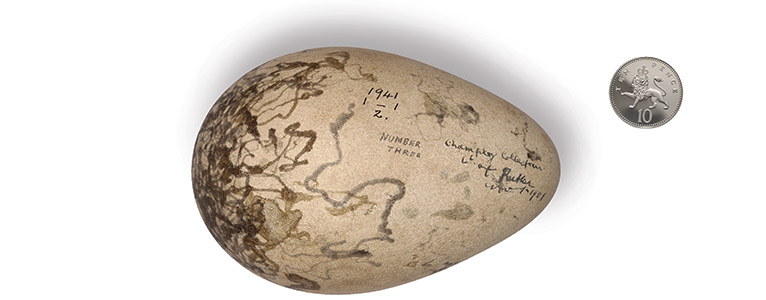
One of six extinct Great Auk (Pinguinus impennis) eggs in the museum collection. This 17th century specimen is the famous egg thought to have once been owned by the great 18th century Italian scientist Lazzaro Spallanzani. It is approaching 250 years old and is possibly one of the oldest eggs in the Museum.
It was amongst the eggs being researched recently using one of the most cutting-edge technologies available to researchers: high resolution X-ray micro-computed tomography now gives us the ability to research objects in unprecedented 3-dimensional detail.
We have specimens for approaching 52% of known species, including many extinct and endangered birds such as the Great Auk (Pinguinus impennis). Some specimens are amongst the only known examples for study, for example the extinct Laysan Rail (Zapornia palmeri).
The collection is actually an accumulation of thousands of individual collections which have gradually been brought together since the establishment of the British Museum over 260 years ago.
We hold eggs collected by many significant figures in ornithology, including Allan Octavian Hume (1829-1912), Osbert Salvin (1835-1898) and Frederick DuCane Godman (1834-1919).
As the national collection we have eggs collected on many of the major nineteenth and twentieth century voyages of discovery, including:
We are always happy to discuss potential donation of egg and nest collections and the options available. If you have a historical collection of eggs and want to discuss passing it to the Museum to be used in in our research, education and conservation work then please contact the curator.
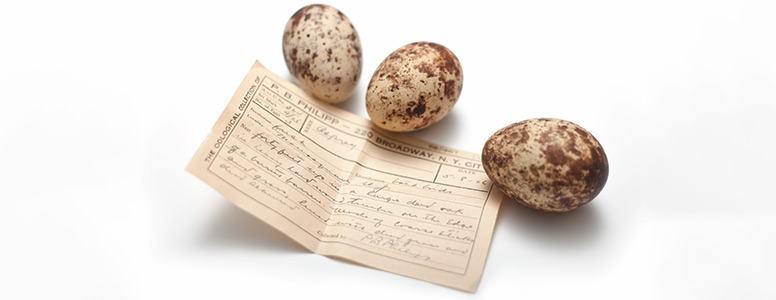
A clutch of three Osprey (Pandion haliaetus carolinensis) eggs and associated label showing the eggs were collected by ornithologist Philip B. Philipp of the New Jersey Audubon Society on 8 May 1926 at Manasquan, New Jersey.
Because it is impossible to tie a label to an egg, the data accompanying eggs indicating the species that laid them as well as where and when they were laid was traditionally written directly on the egg or written on data-cards or manuscripts that cross-referred to the eggs. This information is important to modern science as it allows us to study the eggs in the context of the population that laid them.
Before the 1950s, over 500 osprey nests were found along the New Jersey coastline. By the mid-1970s, only about 50 nests remained. Loss of nesting sites and food contamination by pesticides (eg DDT) caused the birds’ decline in New Jersey and eastern United States and their recovery continues.
The bird collection is being digitised
Search or browse bird type specimens and access catalogue data on holotypes, syntypes, lectotypes and neotypes.
Explore the electronic Bulletin board for European avian curators, an online community of European bird curators and associates.
Find what you're looking for with our comprehensive lists of ornithological references, and choose from a range of related websites.
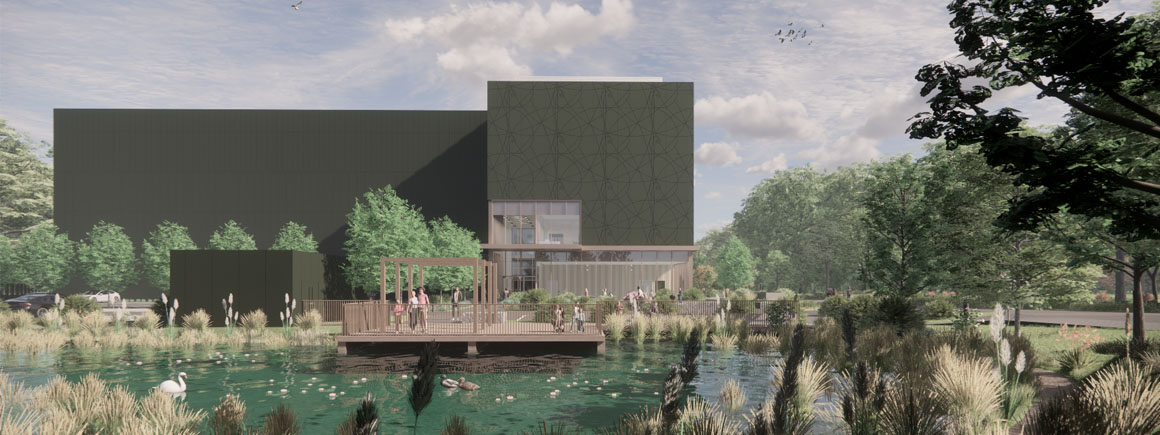
Access to some collections will be affected as we prepare for the move to our new collections, science and digitisation centre.
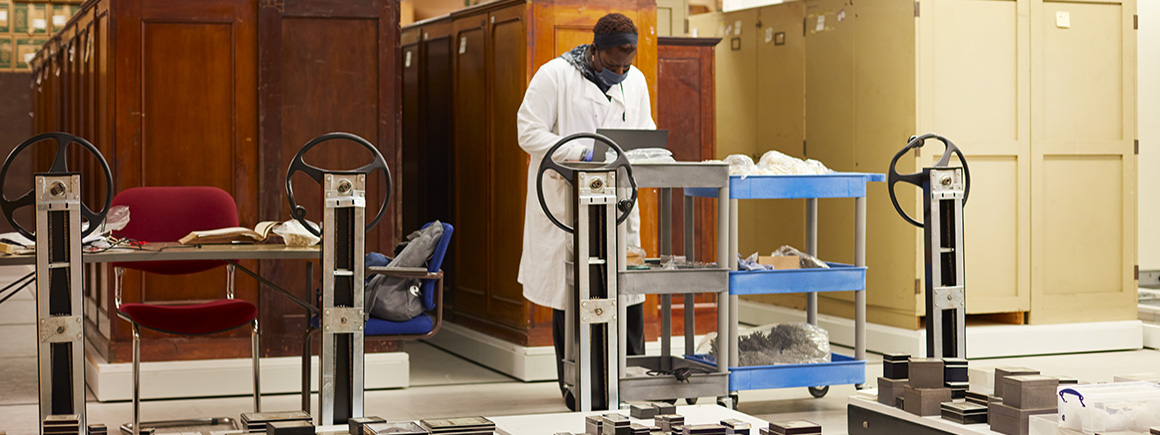
Scientists and collections management specialists can visit the collections and borrow specimens for research.
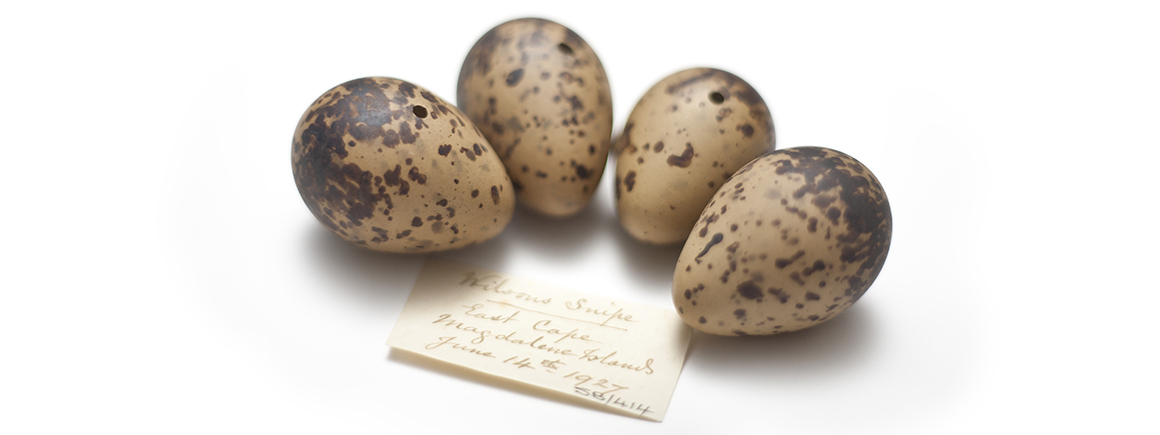
Our duty is to provide a safe and secure environment for all of our collections.